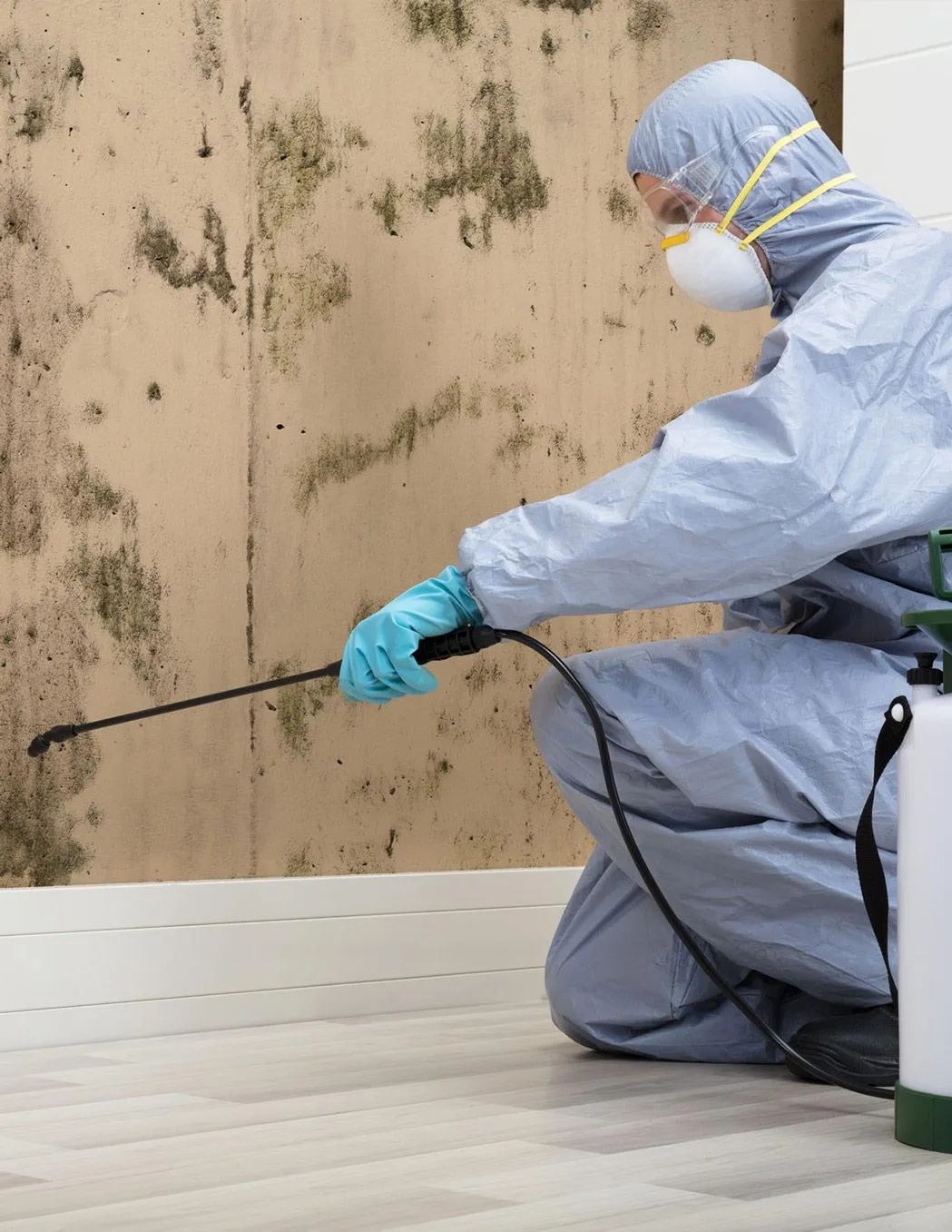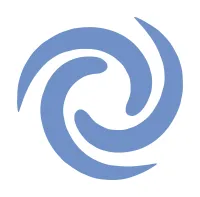Welcome to Our Blog
Insights and tips to keep your living environment safe and healthy.

Comprehensive Guide to Mold Inspection Techniques & Methods
Comprehensive Guide to Effective Mold Inspection Techniques
Is your home truly safe? Mold can be a hidden threat, leading to serious health issues, especially for those with allergies or asthma. It’s not just about removing stains—mold can compromise your entire living space.
However, not all mold inspection methods are effective. Choosing the wrong approach can leave mold undetected, putting your property and health at risk. That’s why it’s essential to select the right techniques to ensure a thorough inspection.
We are going to explore essential mold inspection methods, from basic visual checks to advanced testing. These insights will help you protect your home and ensure a safe environment for your family.
Exploring Mold Inspection Techniques
Non-Intrusive Visual Inspection
Visual inspection is a straightforward way to begin detecting mold, especially when you notice visible signs like stains or a musty odor. This method focuses on areas prone to moisture, such as bathrooms, kitchens, and basements.
It’s often the first step because it’s quick and non-invasive. However, visual inspections alone can miss hidden mold lurking behind surfaces. To enhance accuracy, tools like UV lights and moisture meters are often used.
Despite these additions, visual inspections are most effective when combined with more comprehensive mold detection techniques.
Intrusive Mold Inspection
When mold is suspected but not visible, an intrusive inspection may be necessary. This method involves examining hidden areas like behind walls, under floors, or within ductwork—places that aren’t accessible through visual checks alone.
Intrusive inspections are typically chosen in cases of previous water damage or when other methods fail to provide clear results. While more accurate, this approach can be costly and may result in some property damage.
For these reasons, intrusive inspections are usually considered a last resort, reserved for when other techniques prove insufficient.
Scientific and Laboratory Mold Testing Methods
Swabs, Tapes, and Bulk Samples
Swabs, tapes, and bulk samples are go-to methods for detailed mold testing. Swabs let you collect mold directly from surfaces, while tapes are used to lift mold particles from specific spots. Bulk samples involve taking a small piece of the material where mold might be hiding.
These tests are great for identifying the type of mold you’re dealing with, but they don’t always tell the whole story. They work best when combined with other methods to give you a complete picture of the mold situation.
Air Sampling Techniques
Air sampling is a powerful way to detect mold spores floating around in your home, especially when you can’t see any mold but have that nagging suspicion—maybe from a musty smell or unexplained health issues.
This technique involves taking air samples and analyzing them in a lab to see how many mold spores are present. Depending on the situation, tools like spore traps or impactors are used. While air sampling is effective, it’s most reliable when it’s part of a bigger mold inspection strategy, giving you a clear and accurate understanding of the air quality in your home.
Advanced Mold Detection Tools and Techniques
Thermal Imaging Cameras
Thermal imaging cameras are great for spotting hidden moisture in your home. These detect temperature differences on surfaces like walls, ceilings, and floors, they help identify areas where mold might develop. This method is non-invasive, making it easy to find potential problem spots that you can’t see with the naked eye.
However, it’s important to note that thermal imaging doesn’t directly detect mold. Instead, it points out areas where moisture is present, guiding you on where to conduct further testing as part of a thorough inspection.
Digital Moisture Meters
Digital moisture meters are essential for measuring moisture levels in building materials. High moisture content often signals a higher risk of mold growth. These meters are especially useful in places like basements and bathrooms, where mold tends to thrive.
They provide quick, accurate readings, helping you focus on areas that need closer inspection. Like thermal imaging, moisture meters don’t detect mold directly but are crucial in early detection and prevention, giving you a head start in mold control.
Borescopes for Deep Inspection
Borescopes are flexible cameras that allow you to look into hard-to-reach areas, like inside walls or ceilings, without causing damage. They’re a less invasive option compared to cutting into walls, yet they offer a clear view of hidden spaces where mold might be lurking.
Borescopes are particularly handy when you need to confirm the presence of mold in spots you can’t easily access. While they’re effective on their own, borescopes are best used alongside other inspection methods to ensure you get a complete and accurate assessment.
Specialized and Cutting-Edge Mold Testing Methods
DNA-Based Mold Testing
DNA-based mold testing is among the most advanced techniques available today. It works by analyzing the genetic material of mold, making it incredibly accurate—even small traces of mold that other methods might miss can be detected. This level of precision is especially useful in complex or health-sensitive situations where knowing exactly what you're dealing with is crucial.
However, this method is more expensive compared to others. Due to its cost, DNA testing is often reserved for cases where a detailed and precise analysis is necessary.
Environmental Relative Moldiness Index (ERMI)
ERMI is a standardized test that helps assess mold contamination levels in homes. It involves collecting dust samples and analyzing them for specific mold species. The results are then compared to a national database, giving you an idea of how "moldy" your environment is relative to other homes.
While ERMI provides a good general overview of mold levels, it’s not perfect. It doesn’t account for current moisture levels or new mold growth, so it’s best used as part of a broader mold assessment strategy.
HERTSMI Testing
HERTSMI is similar to ERMI but takes a more focused approach. It concentrates on a smaller number of mold species that are particularly harmful. It’s often used after mold remediation to ensure the environment is safe and free from the most dangerous types of mold.
Comparison of Mold Testing Techniques
Choosing the Right Mold Inspection Service
When selecting a mold inspection service, it’s essential to consider several key factors:
Certifications and Experience: Choose an inspector who is fully certified and has a strong track record.
Technology Used: Look for services that utilize advanced tools like thermal imaging, moisture meters, and DNA-based testing for a thorough inspection.
Transparency in Pricing: Ensure the service provides clear, upfront pricing without hidden costs.
Reputation: Be cautious of services that refuse to provide references or offer unusually low prices. Quality inspections require expertise and the right equipment.
At Advanced Clean Air Solutions, we meet all these criteria:
Certified Inspectors: Our team is fully certified and highly experienced.
Advanced Technology: We use the latest tools to ensure comprehensive and accurate inspections.
Transparent Pricing: We provide detailed reports and transparent pricing, so you know exactly what to expect.
Whether it’s a residential or commercial property, our services ensure that no mold goes undetected, giving you complete peace of mind.
Post-Inspection – Interpreting Results and Next Steps
Understanding Your Mold Inspection Report
After your mold inspection, you’ll receive a detailed report outlining the findings. This report is crucial for making informed decisions about how to proceed.
Key Findings: Look for a summary of the mold types detected and their severity.
Affected Areas: Identify which parts of your property are impacted by mold.
Recommendations: Review the suggested actions, whether it’s remediation or further testing.
If anything in the report is unclear, don’t hesitate to ask your inspector for clarification. Understanding the report fully will help you address the mold issue effectively and take the right next steps.
Steps to Take After Receiving the Report
Once you’ve gone through your mold inspection report, it’s time to take action. What you do next will depend on how severe the mold problem is.
Mold Remediation: If mold is found, you’ll likely need professional help to remove it. This involves not only getting rid of the mold but also fixing the moisture issue that caused it in the first place.
Follow-Up Inspections: After the mold has been removed, it’s a good idea to have a follow-up inspection. This ensures that all the mold is gone and hasn’t started to grow back.
Preventive Measures: Taking steps to prevent mold from coming back is crucial. Simple actions like improving ventilation or fixing leaks can make a big difference.
At Advanced Clean Air Solutions, we’re here to help with every step. We’ll guide you through the process and give you tips to keep your home mold-free.
Contact Us For Professional Mold Inspection Services in Santa Barbara
Mold inspection plays a key role in keeping your home safe and healthy. By choosing the right inspection methods, you can detect mold problems early and address them before they escalate. Whether it’s a simple visual check or advanced testing, each approach helps you understand your property’s condition more clearly.
At Advanced Clean Air Solutions, we’re dedicated to providing thorough and reliable mold testing or mold inspection services throughout Santa Barbara and its surrounding areas. Don’t wait until mold becomes a bigger issue—take proactive steps today to keep your home mold-free and secure.
Copyright @ 2025 - All rights reserved
Advanced Clean Air Solutions, LLC
351 Paseo Nuevo 2nd Floor #1033
SANTA BARBARA, CA 93101

